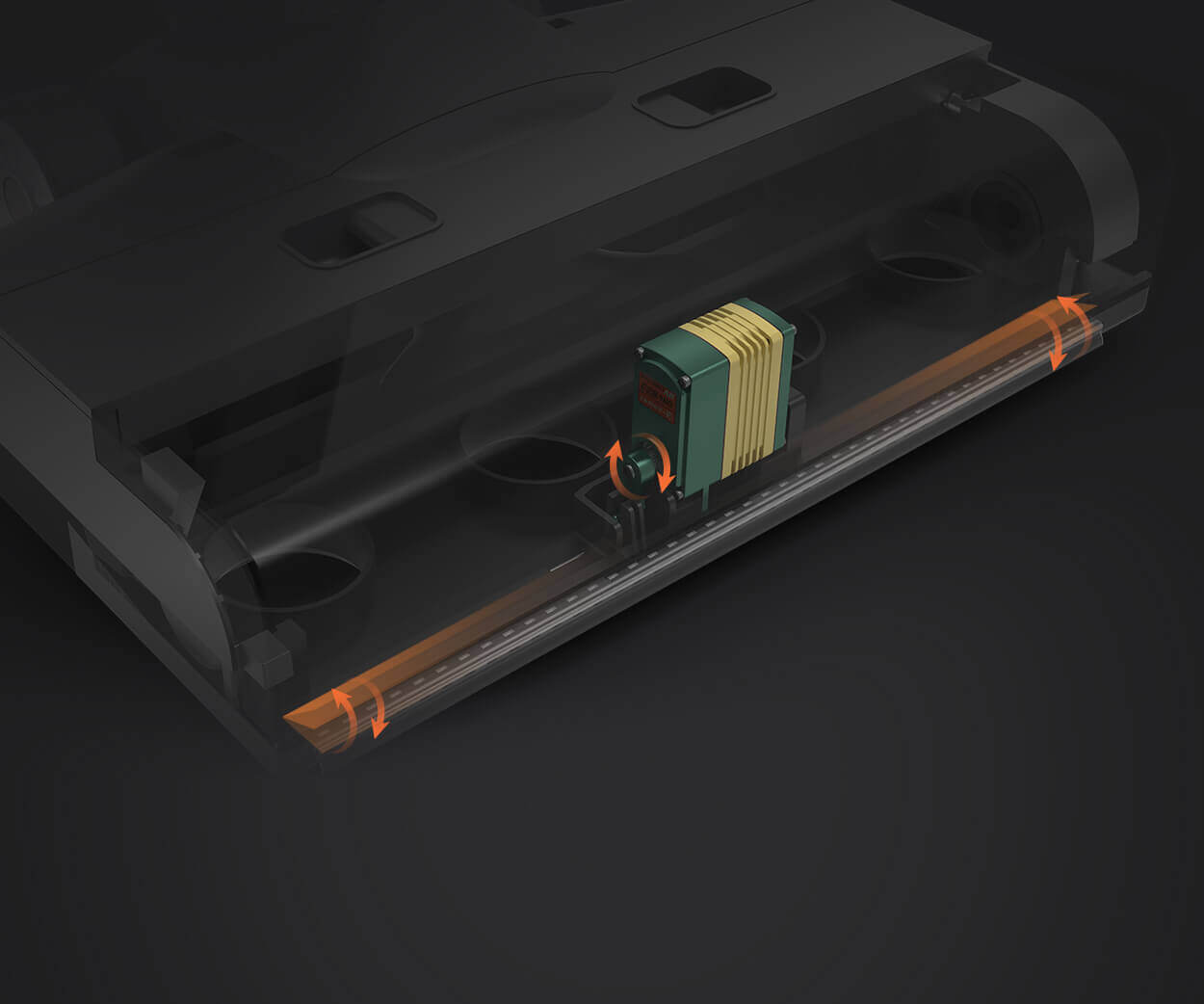Unveiling the Power of the SG90 Servo Motor: An In-Depth Look at Its Data Sheet and Capabilities
When diving into the realm of robotics and electronic hobby projects, few components have become as iconic and versatile as the SG90 micro servo motor. Compact, lightweight, and surprisingly powerful for its size, the SG90 has earned a reputation as an essential building block for robot enthusiasts, educators, and DIY hobbyists alike. But what exactly makes this tiny motor so fascinating? The key lies within its data sheet—a comprehensive blueprint that reveals the inner workings, capabilities, and limitations of this miniature marvel.

The data sheet of the SG90 servo motor is more than just a technical document; it’s a window into the design philosophy and engineering precision that make this device so popular. It provides vital information about electrical parameters, mechanical features, control signals, and physical dimensions. Understanding these details can help users harness the full potential of the SG90, avoiding common pitfalls and optimizing performance.
Electrical Characteristics: At its core, the SG90 operates on a standard 4.8V to 6V power supply, typically powered by a 5V source from a microcontroller or a battery pack. Its operating voltage directly influences its torque, speed, and precision. The data sheet specifies a stall torque of approximately 1.8 kg·cm at 4.8V, which translates into decent strength for lightweight applications like controlling a small robotic arm or steering a model vehicle's wheels.
This torque rating, however, is not static. As voltage increases toward 6V, both torque and speed improve slightly, allowing for more responsive and forceful movements. The motor’s stall current, around 650 mA at 4.8V, indicates the maximum current draw when the servo is forced to move beyond its limit. Designers must account for this limit to prevent power supply overloads or damage.
Speed is another critical metric in the data sheet. The SG90 can reach approximately 0.12 seconds per 60 degrees at 4.8V. This means it can reposition itself from one point to another in nearly a sixth of a second, which is quite impressive considering its size. This balance of speed and torque makes the SG90 suitable for dynamic applications like camera gimbals, small robotic arms, or even educational robots that demonstrate motion principles.
Mechanical and Physical Properties: Beyond electrical specs, the data sheet provides dimensions and mechanical details essential for integration. The SG90 measures roughly 22.8 mm in length, with a width of about 12.2 mm and a height of roughly 28.5 mm. Its lightweight frame, weighing approximately 9 grams, is made predominantly of plastic and metal gears.
The gear train inside the servo uses a combination of nylon and metal gears, which balance durability with weight savings. This arrangement also influences the motor’s resolution—it can typically achieve around 1-degree accuracy in positioning, although this depends on the control signals and the servo's internal electronics.
The output shaft is designed to accept small attachment arms, making it versatile for various linkage designs. The metal horn included with the servo offers multiple mounting options, allowing precise control over the movement of attached components.
Control and Connectivity: The data sheet specifies that controlling the SG90 involves a standard PWM (Pulse Width Modulation) signal. The servo interprets the duration of the PWM pulse—usually between 1 ms (full left or 0 degrees) and 2 ms (full right or 180 degrees)—to position its shaft accordingly. This simple control scheme makes it compatible with most microcontrollers like Arduino, Raspberry Pi, or similar platforms.
Typically, a 50 Hz PWM frequency is used, which means a cycle every 20 ms. Adjusting the pulse width within this cycle allows for smooth, precise control over the servo’s position. Consistent power supply and correct PWM signals are critical, as fluctuations can cause jitter or inaccurate positioning.
Applications and Practical Insights: But why has the SG90 become such a darling in the world of small-scale robotics? Its data sheet reveals a host of advantageous features that make it suitable for a wide array of applications. Its small size and low weight make it ideal for portable or compact devices, while its adequate torque ensures it can handle tasks like turning small wheels or moving lightweight arms.
In the realm of education, the SG90 offers a tangible way for students to learn about motor control, electronics, and mechanical linkages without overwhelming complexity. Hobbyists use it to create everything from animatronic models to remotely operated vehicles.
However, understanding its limits is just as important. While the data sheet outlines its maximum torque and speed, real-world usage often involves considerations like gear backlash, power stability, and load distribution, which can affect performance. Proper testing and calibration, guided by insights from the data sheet, are essential in achieving reliable operation.
end of Part 1
Kpower has delivered professional drive system solutions to over 500 enterprise clients globally with products covering various fields such as Smart Home Systems, Automatic Electronics, Robotics, Precision Agriculture, Drones, and Industrial Automation.




































